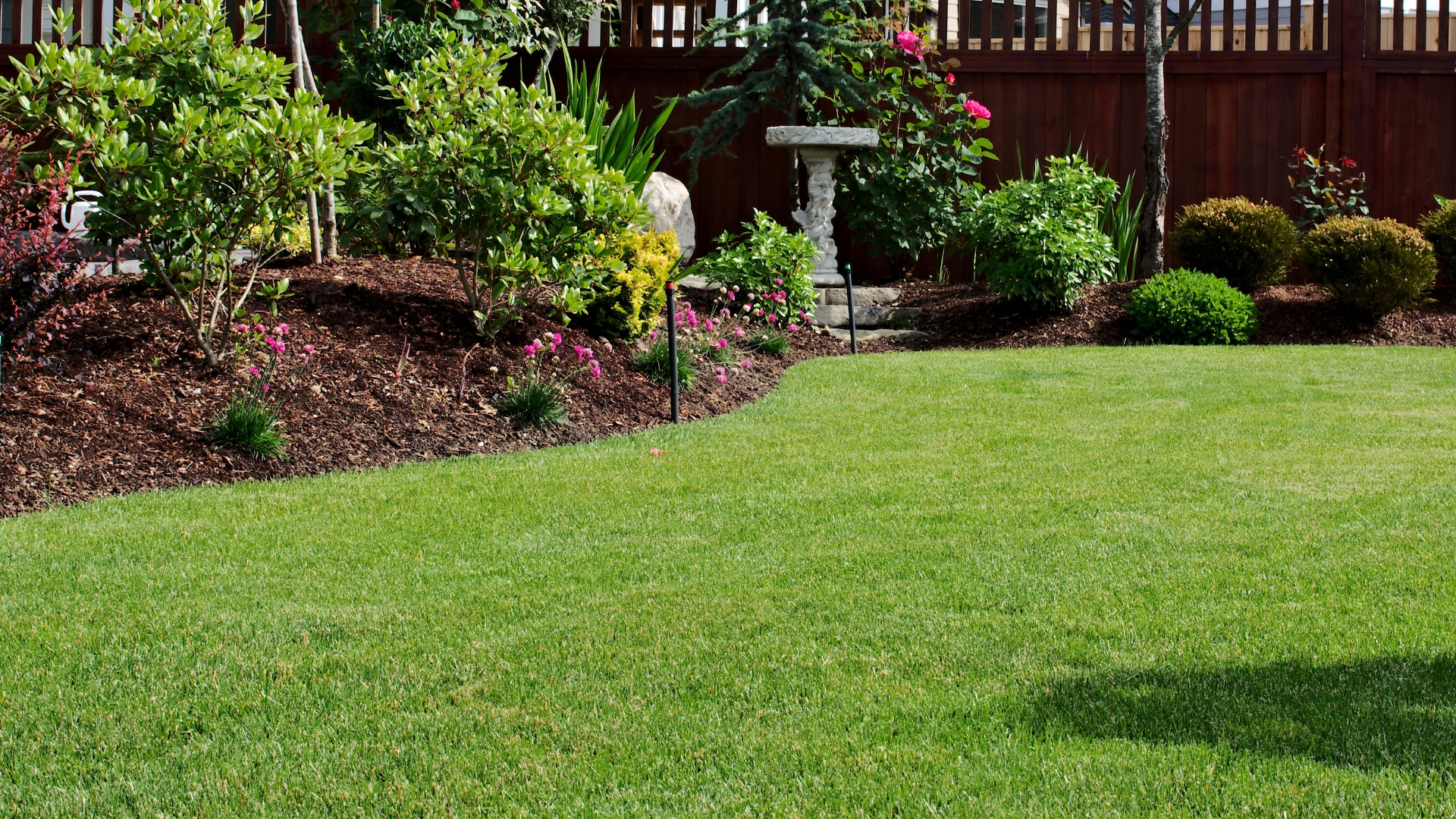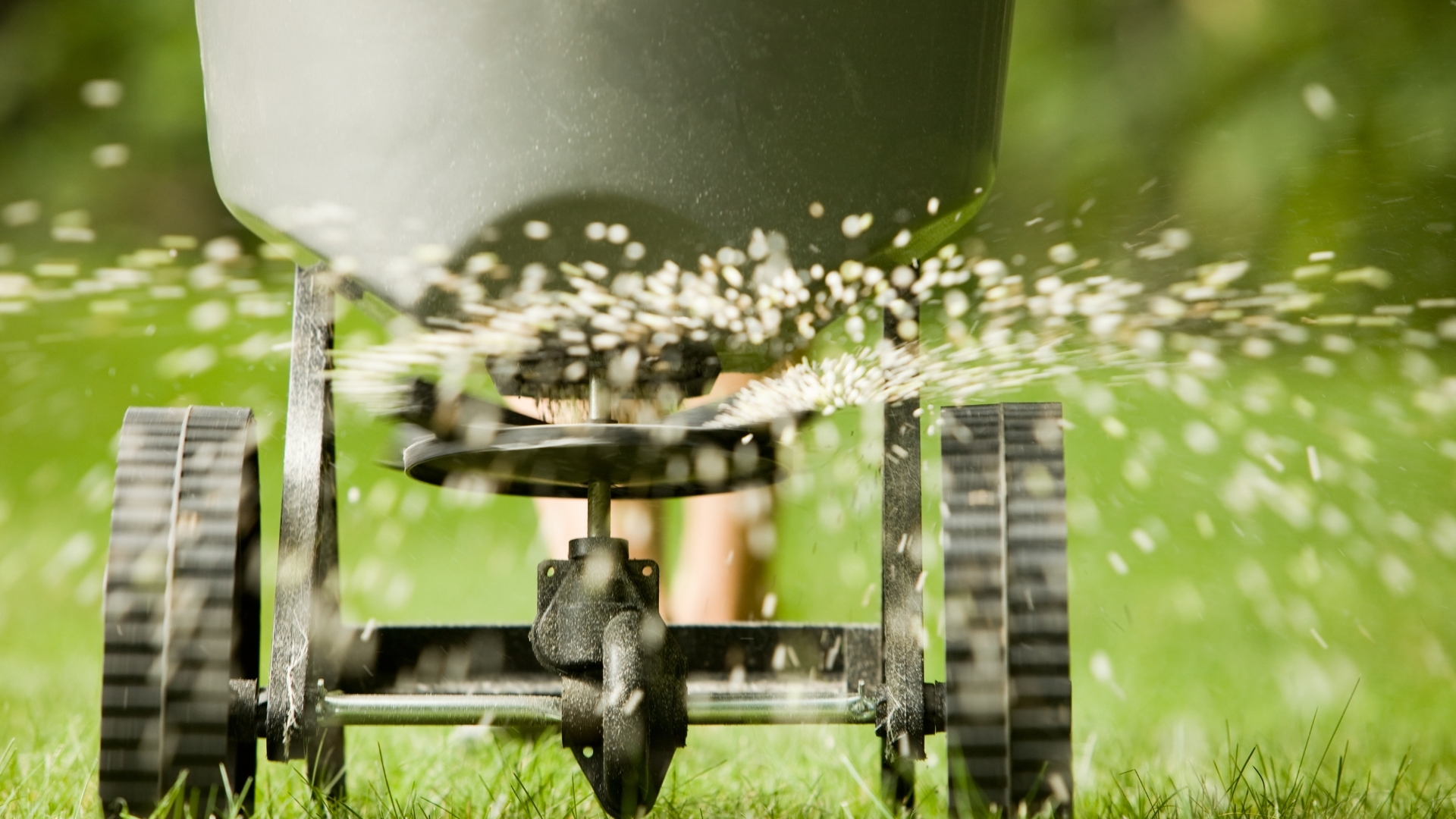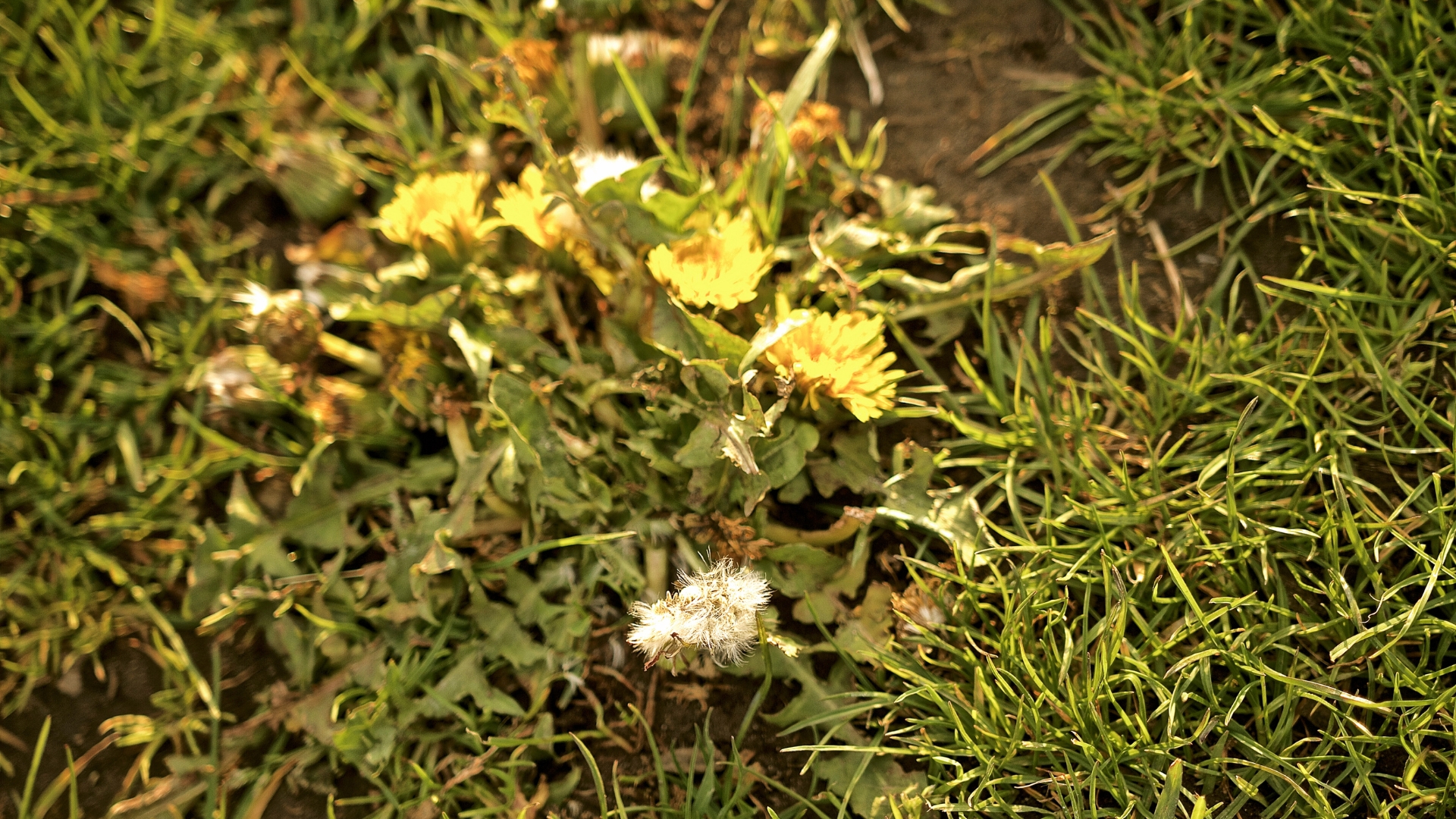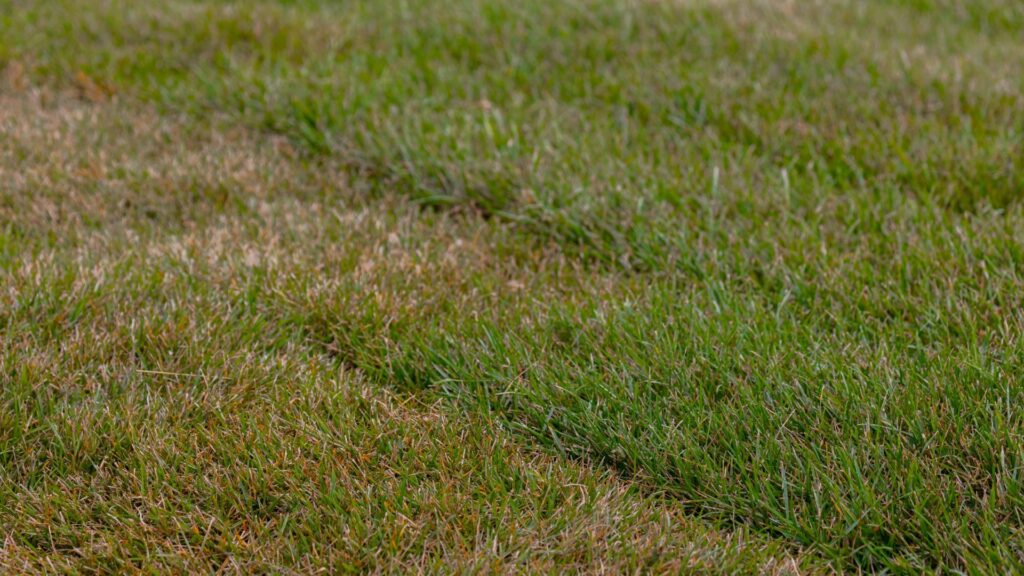A jaw-dropping lawn doesn’t happen by accident—it takes smart moves at just the right time. I tried it all: soaking it silly, overfeeding like a buffet, even sweet-talking the blades (don’t judge).
But weed and feed? That was the game-changer. Once I added it to my playbook, neighbors started rubbernecking and asking for tips.
The trick? It’s all about timing. Miss that golden window, and you’re just spinning your wheels.
No worries—I’ve got you. Let’s nail the when, so your lawn can go from blah to ta-da!.
So, When Exactly To Apply It
If you want weed and feed to do its job, you need to apply it at just the right moment.
That perfect timing? Early spring, right as your lawn starts actively growing and weeds are just beginning to sprout.
The key is to wait until the soil temperature consistently reaches 50-55°F—too cold, and your grass won’t absorb the nutrients; too warm, and weeds will already have a strong foothold.
Applying it too early, when frost is still a possibility, is a waste because the product won’t work effectively.
On the flip side, waiting until late spring or early summer means weeds will already be well-established, making them much harder to control.
And don’t forget—timing within the day matters, too! Apply in the morning when dew helps it stick to weeds or in the evening when the sun won’t evaporate it too quickly. Get the timing right, and your lawn will be off to a great start!
Before You Apply
Before you grab that bag of weed and feed, take a moment to assess what you’re actually dealing with.
Not all weeds are the same, and using the wrong type of product at the wrong time can lead to disappointing results.
If you’re looking to stop weeds before they even sprout, you’ll need a pre-emergent herbicide, which targets weed seeds before they get a chance to grow.
But if weeds have already started popping up in your lawn, you’ll need a post-emergent herbicide, designed to tackle weeds that have already taken root. The key is to strike the right balance
It’s Time To Make Your Lawn Thrive
First, check the weather forecast. Pick a calm, dry day with no rain expected for at least 24–48 hours. Windy days can cause the product to drift, and rain can wash it away before it has a chance to work.
Cut your grass one or two days before application, but don’t scalp it. A medium height allows better weed and feed absorption while preventing stress on your grass.
Some weed and feed products work best on slightly damp grass, while others need dry grass to adhere properly. Check the instructions on your specific product.
Now fill your spreader. Use a broadcast or drop spreader for even application. Adjust the settings based on the product’s recommendations to avoid overuse.
I always apply weed and feed in a crisscross pattern. Walk steadily across your lawn in one direction, then go over it again at a perpendicular angle. This ensures even coverage and no missed spots.
Keep an eye on where you’ve already applied to prevent doubling up. Once applied, let it sit undisturbed for at least 24 hours before allowing foot traffic.
Don’t water your lawn for 24–48 hours after application to allow the weed killer to take effect.
You should see improvements within a few weeks. For stubborn weeds, a second application may be necessary, but always follow product guidelines.
How Does Weed And Feed Actually Work?
Weed and feed fights weeds while feeding your grass, but it’s not magic—it’s timing and science.
The herbicide attacks weeds either before they sprout or after they’ve surfaced, while the fertilizer helps grass grow thicker to prevent future invaders.
If applied correctly, the weeds die off, and your lawn gets the boost it needs to stay green and lush.
Which Types Of Weed And Feed Should You Use
When picking the best weed and feed, one of the biggest decisions is granular vs. liquid.
Granular formulas are easy to spread and slowly release nutrients over time, making them ideal for warm-season grasses like Bermuda and Zoysia.
Liquid weed and feed, on the other hand, offers quick absorption, making it a good fit for cool-season grasses like Fescue and Kentucky Bluegrass.
You also need to consider which weeds you’re targeting—some products focus on broadleaf weeds like dandelions and chickweed, while others tackle grassy invaders like crabgrass.
And don’t forget the NPK ratio—a nitrogen-heavy mix (30-0-4) encourages lush green growth, while a more balanced formula supports root development. Choosing the right type ensures both weed control and a thriving lawn.
The secret to a great lawn isn’t just in the product—it’s in when you apply it. Follow these timing tips, and you’ll be well on your way to a vibrant, weed-free yard!
Common Mistakes To Avoid
Even with the best intentions, it’s easy to make a few missteps when applying weed and feed—and those mistakes can cost you a healthy lawn.
One of the most common errors? Overapplying the product. More isn’t better—it can actually burn your grass and damage the soil. Always stick to the recommended application rate on the package.
Another issue is applying it right before heavy rain. It might seem like a good way to “water it in,” but too much rain can wash away the product before it takes effect.
Also, don’t use weed and feed on newly seeded lawns. The herbicide can prevent new grass from taking root, so wait until your lawn is well-established—usually after at least two mowings.
Finally, avoid raking or heavy foot traffic too soon after application. Give the product time to do its job.
Avoid these pitfalls, and you’ll be on your way to a lush, healthy lawn that lasts all season long.
Aftercare Tips To Keep The Results Going
Applying weed and feed is just the start—what you do afterward can make a big difference in maintaining a thriving lawn.
Once the product has had time to settle and do its job, resume your regular mowing routine, but make sure your mower blades are sharp. Dull blades tear the grass instead of cutting it cleanly, leaving it vulnerable to stress and disease.
Keep an eye on your watering habits. Your lawn will need about 1 to 1.5 inches of water per week, either from rainfall or irrigation. Water deeply and less frequently to encourage deeper root growth, which helps your grass compete with any future weed invasions.
Finally, consider overseeding thin or bare spots a few weeks after the weed and feed has done its work. This helps fill in your lawn, making it denser and more resistant to future weeds. Just be sure you’re using a compatible seed for your grass type and region.
With a bit of ongoing care, your weed-and-feed investment will continue to pay off—leaving you with a lush, resilient lawn you’ll be proud of all season.








